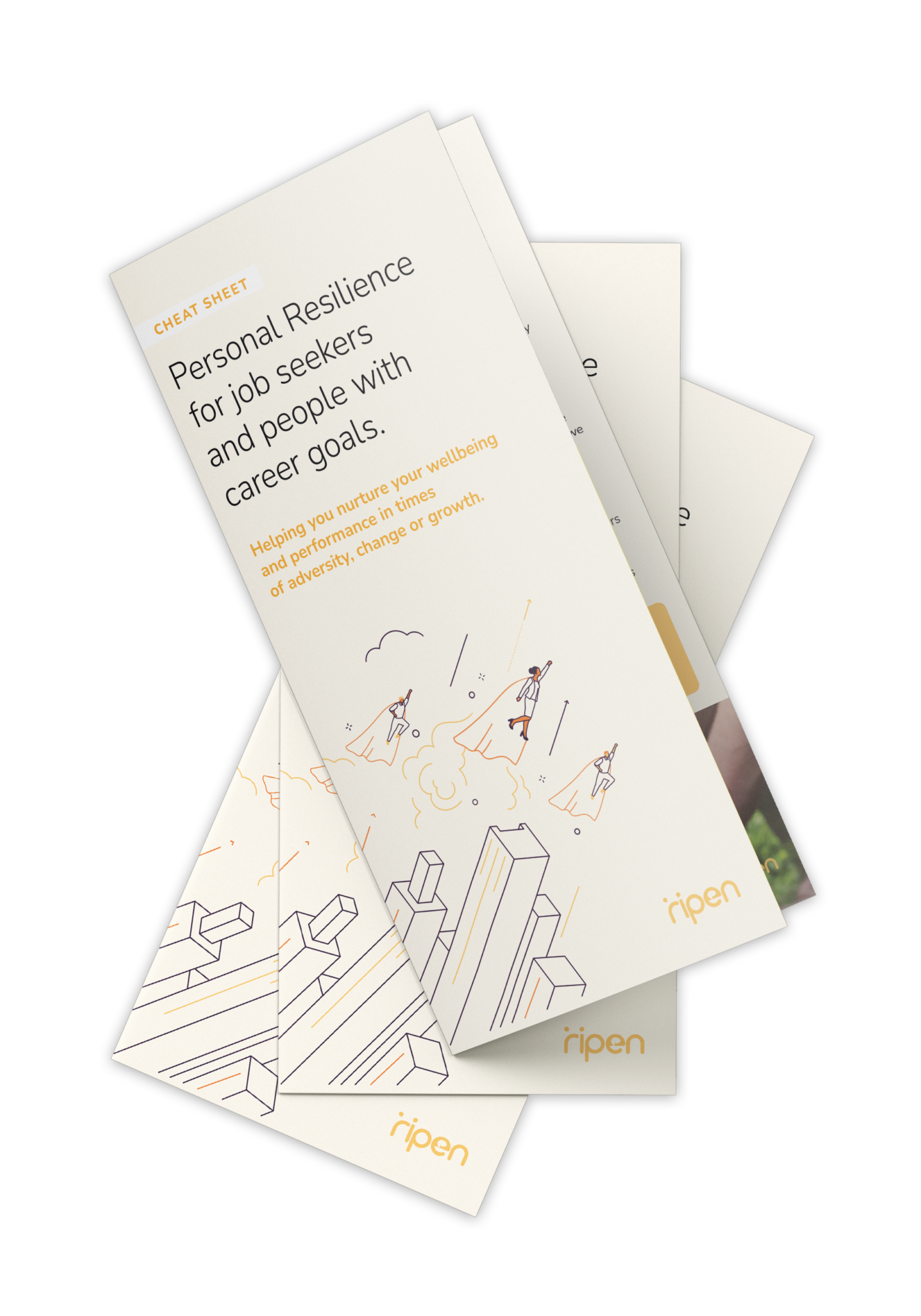So what are the basics of mindfulness practice? Here are a few suggestions on how to tune into being more mindful throughout the day…
1. Set aside some time…
You don’t need a meditation cushion or bench, or any sort of special equipment to access your mindfulness skills—but you do need to set aside some time and space. Start small. Plan for 10-15 minutes a day to test it out. Some people have found just 5 minutes a day valuable. Ensure your space cannot be interrupted. And get yourself into a comfortable position.
2. Focus on your breathing…
When our minds are full, our breathing is often fast and short or held for long periods of time without us even noticing. Focus on your respiratory system and breathe in, then out, in, then out, ensuring it is consistent and slower (approx. 5-6 seconds). Concentrate on your breath allowing for the rest of your body to relax into it.
3. Observe the present moment as it is…
The aim of mindfulness is not just quieting the mind, or attempting to achieve a state of eternal calm. The main goal is simple: we’re aiming to pay attention to the present moment, without judgement. Easier said than done, we know. Think about how you are feeling? What is happening to your physiology? You could observe an object near you and really observe what it is all about.
4. Let your judgements roll by…
When we notice judgements arise during our practice, acknowledge them by making a mental note of them, and then let them pass by. Use your breathing to allow ideas or unwanted thoughts to be let go.
5. Return to observing the present moment as it is…
Our minds often get carried away in thought. That’s why mindfulness is the practice of returning, again and again, to the present moment. Don’t judge yourself for whatever thoughts crop up, just practice recognising when your mind has wandered off, and gently focus on bringing it back. Be constantly aware of what is going on around you – your breathing, your feelings, your thoughts.
That’s it. That’s the practice. It’s often been said that it’s very simple, but it’s not necessarily easy. The work is to just keep doing it. Practice and consistency is essential for successful results.

